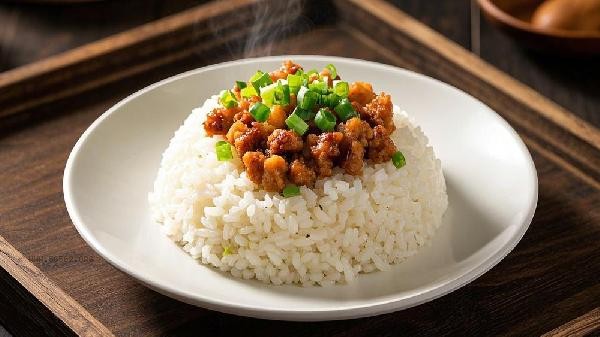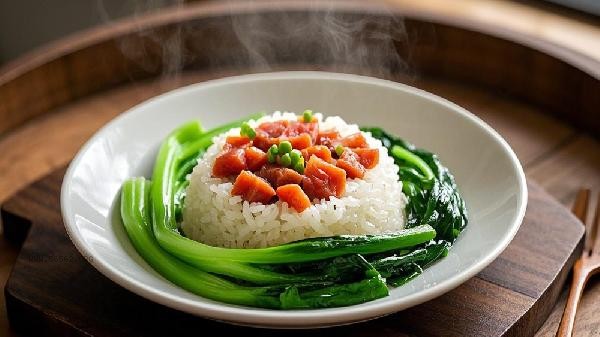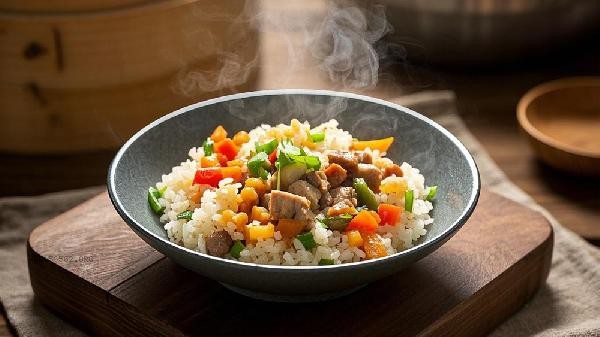The main difference between cooking rice and steaming rice lies in the cooking method and the degree of contact between water and rice. Cooking rice directly involves boiling the rice grains in water to fully absorb water, while steaming rice heats the rice grains with steam to make them drier. Both methods have their own characteristics in terms of taste, digestion and absorption, and nutrient retention.

When steaming rice, the rice grains are separated from water, and the steam penetrates the rice layer evenly. The degree of starch gelatinization is low, and the rice grains remain intact and elastic. There is less loss of water-soluble components such as vitamin B1. The temperature during the steaming process is stable, and the rice aroma substance is not easily volatile. The finished product has distinct particles and a higher sweetness, making it suitable for people with weak digestive function. Traditional wooden steaming rice can also impart a special woody aroma, but attention should be paid to controlling the heat to avoid undercooking. During the cooking process, the rice grains directly come into contact with boiling water, and the starch is fully gelatinized to enhance its viscosity. Some proteins and potassium elements will dissolve into the rice soup. Covering and braising can reduce nutrient loss, but prolonged high temperatures may lead to the breakdown of vitamin C. The rice cooker cooking program uses precise temperature control to evenly absorb water into the rice grains, making it easier to adjust the softness and hardness, and suitable for elderly and young children to consume. The method of removing rice will discard the rice soup and cause nutritional loss. It is recommended to use braising instead.

The choice of cooking method should be based on personal needs and health conditions. Steaming rice is suitable for people who control blood sugar and pursue taste, and cooking rice is more conducive to comprehensive nutrient intake. Regardless of the method, it is recommended to pair with miscellaneous grains to increase dietary fiber intake and avoid nutrient loss caused by excessive washing. Overnight rice should be refrigerated and thoroughly heated before consumption. People with gastrointestinal sensitivity can choose soft and tender rice, while fitness enthusiasts are more suitable for high chewing steamed rice to increase satiety.









Comments (0)
Leave a Comment
No comments yet
Be the first to share your thoughts!